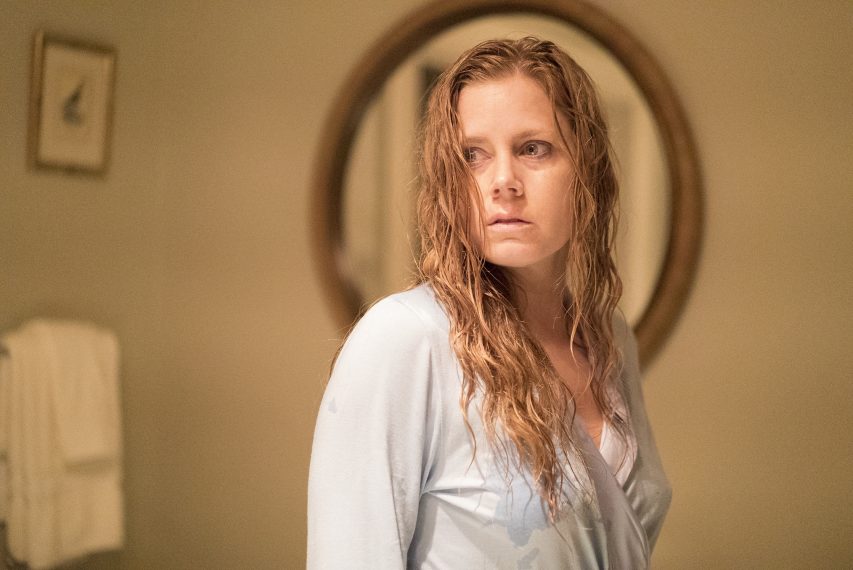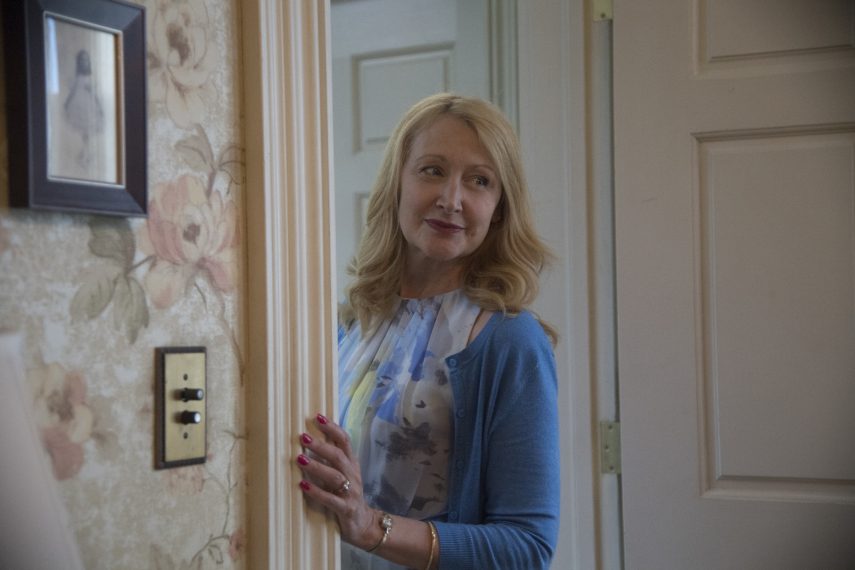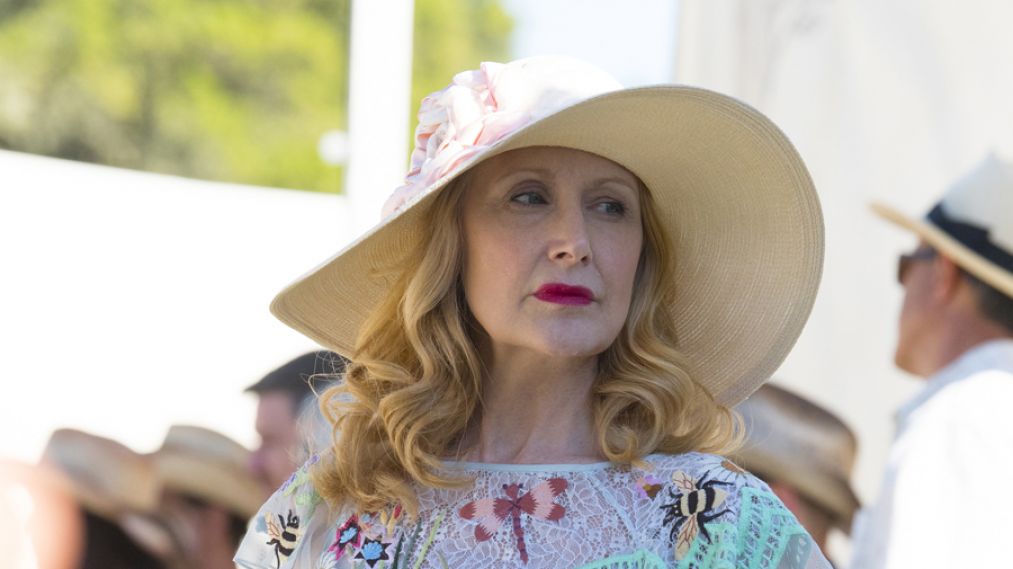How Mental Illness Consumes the Women of ‘Sharp Objects’

In Gillian Flynn’s novel, from which the HBO limited series Sharp Objects is adapted, one quote in particular explains the crux of the story:
“I think illness sits inside every woman, waiting for the right moment to bloom. I have known so many sick women all my life. Women with chronic pain, with ever-gestating diseases. Women with conditions. Men, sure, they have bone snaps, they have back aches, they have a surgery or two, yank out a tonsil, insert a shiny plastic hip. Women get consumed.”
It’s a chilling excerpt, one that illuminates what the story has been remarking about female darkness and how women internalize and externalize pain.
In the show’s fourth episode, Adora (Patricia Clarkson) mentions that the Crellin women have a history of illness, that they don’t heal easily. But it’s not only them. Other women in the sweaty hog-butchering town are at the mercy of mystifying maladies and syndromes – from James Capisi’s meth-addled mom from the wrong side of the tracks, to magnetic Jackie (Elizabeth Perkins), whose condition seems less obvious to us but is just as malevolent.
While the beguiling women of Wind Gap show strength and resilience in their own ways, it’s their weaknesses, their physical and psychological defects, that make them characters to behold. What’s most captivating is witnessing the sinister ways these women manifest sickness, how they ignore it or play into it, and how they use it to inflict pain onto others and ultimately onto themselves.
Camille

Camille’s (Amy Adams) poor mental health is made very clear on the show. She’s a recovering cutter who is traversing through her hometown, causing her to relive traumatic memories from her past. Some of them also indulge in taking drugs to curb this mental illness, but they eventually are taken to drug rehab centers.
Her scars, both emotional and corporeal, are a result of an old, festering wound that was formed following the death of sister Marian, another sickly female figure and the only companion she had growing up. A series of other tragedies, including her murky sexual assault and the death of her roommate in rehab, prompts Camille to be violent towards herself, carving words that throb and flare on her skin whenever she’s uncomfortable or distressed.
Self-harm is depicted with a necessary ugliness on the show. A scene that turns the stomach is at the rehab center, when Camille violently slashes her wrists with a screw.
It’s not hard to find empathy for her, even when she’s intoxicated on the job. Small bottles of vodka are always at her disposal as she numbs herself from what she can’t confront. Camille is a product of trauma and a lack of unconditional (i.e. parental) love, and she’s carrying the weight of that at all times.
In last week’s episode, Adora cautioned Camille, “Your health is not a debt you just cancel. The body collects.”
It’s a foreboding and eerie warning. Women’s bodies go through a lot, but Camille’s body is a collection of her experiences. A story of misery, hopelessness, and ultimately survival is written all over her.
Adora

In the show’s penultimate episode, Adora is revealed to have Munchausen by Proxy syndrome, a psychological disorder in which a caregiver deliberately makes a child sick for attention. Primarily perpetuated by women, this syndrome is what caused Adora to poison and kill her own daughter, Marian. It’s ironic, as Adora is noted to have had troublesome relationship with her own mother, giving credence to the idea that abuse is sometimes cyclical.
It’s an interesting dichotomy and goes against the grain of who Adora appears to be. She is treated as town royalty, a sophisticated and generous woman with a flair for the dramatic. But inside, she’s ill with something deathly scary and insidious.
She also has another mental disorder that’s been injected into the story, something that captured Camille’s attention and bemusement as a young girl who’d watch as Adora tugged on her eyelashes. The hair-pulling disorder is called trichotillomania, and while it’s never been mentioned explicitly, Adora visibly suffers from these impulses, further dividing the image we have of a collected Adora with one who is buried with anxieties.
Jackie

Between her hyena laughs and sharp-edged tongue, Jackie is an enigmatic character all on her own. She knows more than she lets on and she holds all of the town’s secrets. But a secret that she has about herself, one that’s especially telling about who she is, is that she’s experienced pain of her own.
When Camille pays a visit, Jackie uncovers a box with an assortment of pills. She lists a number of potential issues – endometriosis, cysts, IBS, hypochondria, and more.
“I hurt is all,” she says simply.
It’s interesting that even a character like Jackie, who musters up some buoyancy in this dreary town, is still confined to drugs and remedies.
Sharp Objects’ fascination with death, pain, and illness helps to understand the darkest parts of a woman. In crafting these characters, the writers subvert ideas of femininity while also doubling down on them. Women are typically seen as delicate and fragile, and in some ways, that couldn’t be the opposite of what’s true when it comes to the female characters on this show.
But, at the same time, it’s because these are women of multitudes who internalize their suffering differently than men. Women who are both weak and strong at the same time, and are portrayed with nuance on the show. These women are consumed not just by what ails them, but by the world around them, and by the past events that have shaped them.
Sharp Objects, Series Finale, Sunday, August 26, 9/8c, HBO











